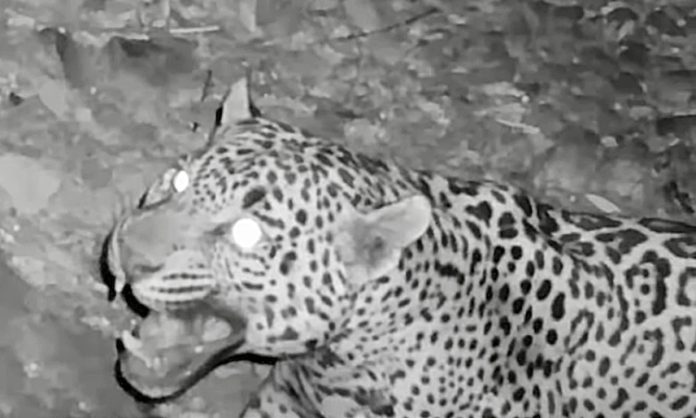
A New Jaguar Has Been Spotted In Arizona Marking The 8th Jaguar In The Southwest In 30 Years
You can help all animals and our planet by choosing compassion on your plate and in your glass. #GoVeg
RELATED ARTICLES
Victory! Great Britain Has Finally Banned The Live Export Of Farm Animals
The Animal Welfare (Livestock Exports) Bill, that will ban farmed animals from being exported from Great Britain for slaughter, has passed its final stage...
Judge Dismisses Felony Charges Against UC Berkeley Student Who Rescued Four Chickens From A Slaughterhouse
A Sonoma County judge dismissed multiple felony charges against UC Berkeley student Zoe Rosenberg, 21, who is being prosecuted for rescuing four chickens from...
The Most Endangered Species On Earth & The Race To Help Save Them From Extinction
The world is facing a crisis in biodiversity as a growing number of species are facing extinction. Among them, some are particularly at-risk of...
Popular stories
News
3 Giant Pandas From The National Zoo Have Begun The Long Journey Back To China After 23 Years In The U.S.
Photo by: Smithsonian's National Zoo and Conservation Biology Institute
First thing this morning, the panda team at Smithsonian’s National Zoo and Conservation Biology Institute (NZCBI)...
News
Nonhuman Rights Project Fights To Save Minnie, A 48-Year-Old Elephant From The Commerford Zoo After Claims That They Can No Longer Care For Her
Earlier this week, the Nonhuman Rights Project (NhRP) sent letters to local, state, and federal agencies urging them to immediately investigate after a Goshen-based traveling...
News
Animal Defenders International Rescues Peru’s Last Circus Monkey & Releases Her Back Into The Rainforest With Her Adopted Family
Photos from Animal Defenders International
Animal Defenders International (ADI) has released a heartwarming video of a spider monkey named Maruja who was the last to be rescued...


